How does the context of a narrative influence its construction and audience readings?
Narratives are the product of creative and institutional practices that represent stories through codes and narrative conventions. The use of codes and narrative conventions influences audience engagement, consumption and reading of narratives. Students consider the use of codes and narrative conventions to structure meaning and explore how a media creator has used these tools to produce a media narrative.
Narratives are also a product of their context. In this area of study, students examine the role that context plays in the production, distribution and reading of media products. Social, historical, institutional, cultural, economic and political contexts are evident, explicitly or implicitly, through the views and values conveyed by media products. The context of a media product shapes its construction and is reflected in narratives and representations. Context also influences audience readings of media. By understanding the contextual lens through which audiences view and consume media texts, students are able to understand the contribution and role that the media has in shaping our views, values and opinions about our world.
Students examine one fictional or non-fictional narrative in the form of film and/or television and/or radio and/or audio product (that may be broadcast or streamed) and/or photographic products. For the purposes of this area of study, the media product selected for study will comprise of one of the following:
- one feature length film product of one hour or more in length or the equivalent length in television or streaming
- an audio product, such as a podcast or radio drama, of one hour or more
- a photographic series with a narrative structure, such as a photojournalism essay/story or exhibition of narrative images
- a digital product, such as a video game, of equivalent length or complexity to the above media forms.
Key Knowledge:
Narratives
- the construction of media narratives in selected media forms
- how audiences engage with, consume and read media narratives
- the relationship between and the function of codes and narrative conventions to convey meaning in selected media forms
- appropriate media language.
Contexts
- the relationship between media narratives and the contexts in which they were produced
- the construction of representations in media narratives and how they reflect or challenge views and values of a specific context
- the ways in which audiences from different contexts engage with, consume and read media narratives
- appropriate media language.
Key Skills:
Narratives
- analyse the construction of media narratives in selected media forms
- discuss how media narratives are constructed, consumed and read by audiences
- analyse the relationship between and the function of codes and narrative conventions to convey meaning in selected media forms
- use appropriate media language.
Contexts
- explain the relationship between media narratives and the contexts in which they were produced
- discuss the construction of representations in media narratives and how they reflect or challenge views and values of a specific context
- analyse the ways in which audiences from different contexts engage with, consume and read media narratives
- use appropriate media language.
Audience
All media products are distributed to audiences who consume them in different ways. Factors such as technology, critical media literacy and the context of creation and consumption can alter the way audiences receive, engage with and respond to media products.
- Audience reception: This refers to both the physical way audiences consume media products and the context of the time and place in which they receive it.
- Audience engagement: This refers to how audiences are affected emotionally and cognitively by a media product and how these ways of engaging combine to form complex meanings and experiences.
- Audience response: This refers to the way a media product may influence audiences to act or change their behaviour.
All media products are made for target audiences, defined by their cultural, social and historical contexts and demographics, as well as individual traits such as age, gender and values.
MEDIA CODES & MEDIA CONVENTIONS
Media codes
Technical and symbolic tools are used to construct meaning in media forms and products. Media codes may include the use of camera, acting, mise en scene, editing, lighting, sound, typography, colour, visual composition, text and graphics and paper stock for print.
Media conventions
Media conventions are rules or generally accepted ways of constructing meaning or organising media products. Conventions may refer to:
- conventions of media forms and products: the rules and common practices for constructing and organising media forms and products
- genre conventions: the rules that define genres are subject to debate and change, revealing cultural assumptions about the significance of media products; the type of audiences who consume media products; and practices of the media industries
- narrative conventions: common narrative structures, such as character, character arcs and three-act structures.
NEUTRAL / IMPLICIT & EXPLICIT IDEOLOGY
Neutral Ideology:
Those media products where the main purpose is to entertain rather than persuade the audience one way or another
Implicit Ideology:
Found in media products where the protagonist and antagonist represent conflicting ideologies.
Explicit Ideology:
Exists in media products that are made to persuade the audience to think a certain way.
POLYSEMIC: The polysemic nature of television – the factors which enable different viewers to make different senses of the same text.
Visual medium of storytelling: Using Semiotics ‘the study of signs’
Social norms: The standards by which behaviour is judged in a social group; the way the members of a group are expected to think, feel or act. Social norms determine to a large extent whether we feel that our attitudes are sound and our actions appropriate.
Social norms and expectations change and evolve depending on where you grew up and when you grew up. Therefore, social norms, behaviours, values and beliefs are highly considered in the construction and distribution of media texts.
Using SEMIOTICS (the study of signs) in media texts: Creators of media texts will adapt a formula, using semiotics to ensure the social norms help propel their narrative. This is the subconscious visual medium of storytelling we often receive as the audience.
An example of this is using Costume & Colour to provide audiences with a visual representation of social norms. Having girls wearing pink and boys wearing blue. Or Character & Setting. Having the female characters at home looking after the children and having the men set at their workplace. This however is an example of how social values have changed and depending on where and when your narrative is set may have these character roles in a reversed situation.
Ideology: Gender – Femininity & Masculinity
What are gender roles?
Gender roles in society means how we’re expected to act, speak, dress, groom, and conduct ourselves based upon our assigned sex. For example, girls and women are generally expected to dress in typically feminine ways and be polite, accommodating, and nurturing. Men are generally expected to be strong, aggressive, and bold.
Every society, ethnic group, and culture has gender role expectations, but they can be very different from group to group. They can also change in the same society over time.
For the SAC & EXAM….
You’re going to analyse the relationship between narratives and their ideological and institutional contexts.
- Who produced them?
- How were they distributed or marketed?
- How were they consumed and read by audiences?
- Again, these films are cultural artefacts, they are produced by people who exist in a society, they are consumed by audiences and become part of the conversation, part of the discourse on these big ideas.
You’re also going to discuss the relationship between narratives and audiences, including how they engage with, consume and read these stories.
- Engagement focuses our attention on how filmmakers use media codes and conventions to craft an enthralling and entertaining story.
- Reading is about how the audience makes sense of or decode these codes and conventions.
- Consumption is about the way we experience media narratives – it’s about the physical environment, the technology, as well as the knowledge and expectations we bring to these stories.
Narrative in Photography - How is the Ideology of Gender being represented here?



Harry Styles makes Vogue history



Vogue Cover 2020
Perth Now Magazine, November 4, 2020
Harry Styles has made history by gracing the cover of Vogue fashion magazine, the first solo male star to do so.
The former One Direction crooner turned eccentric solo-artist has challenged gender norms with his latest fashion statement — donning a Gucci gown for his ground breaking shoot for the fashion bible.
“When you take away ‘there’s clothes for men and there’s clothes for women,’ once you remove any barriers, obviously you open up the arena in which you can play,” Styles told the magazine.
“I’ll go in shops sometimes, and I just find myself looking at the women’s clothes thinking they’re amazing.”
The 26-year-old is known for his avant-garde stylings and has been a trailblazer for fashion ‘backwards’ — his current wardrobe the envy of a 1980’s Bowie or Elton.
The history-making front cover of Vogue’s December 2020 issue. Credit: Tyler Mitchell/Vogue
“It’s like anything — anytime you’re putting barriers up in your own life, you’re just limiting yourself,” he said.
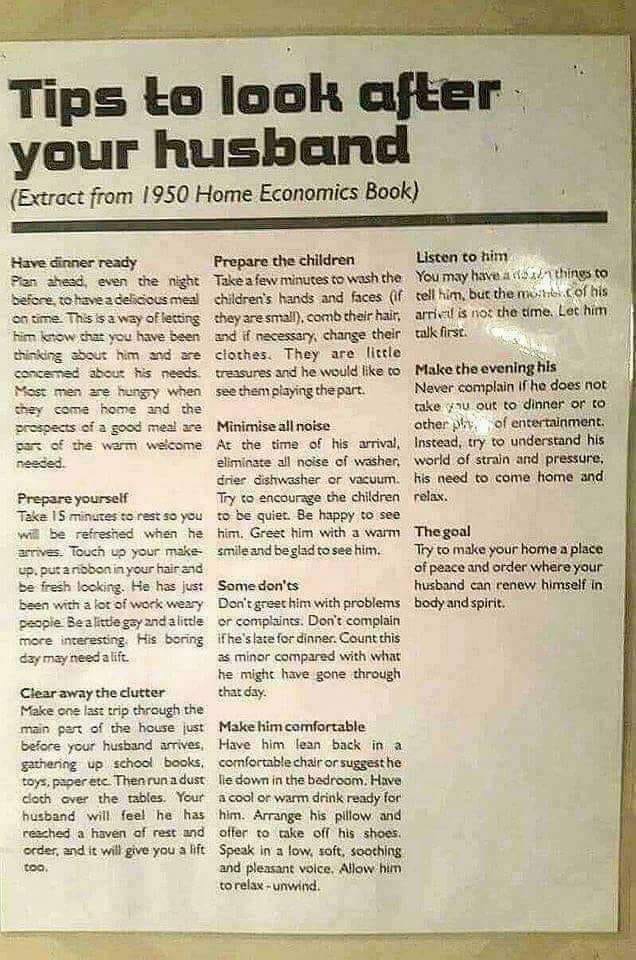
GENDER IN MEDIA
There have long been concerns about the way the media portrays gender, particularly with regard to gender roles and how the media portrays women.
REPRESENTATION OF WOMEN:
Social and cultural theorists argue that the role and status of women in society has been continually evolving, yet this is not always accurately reflected in many media representations.
The media in general (and advertising in particular) has often been accused of perpetuating stereotypical gender roles. There is a general agreement that many media representations of women fall into two categories – women as defined by their relationship with the home, their family and males, or women as defined by their bodies and sexuality.
Men tend to be defined by their jobs, occupations, sports and hobbies, as independent or as authority figures. They are usually portrayed as active. On the other hand women tend to be defined by their relationships to men, they are portrayed as wife, girlfriend, lover, mother, daughter or carer. The women are usually seen as passive. The male domain is the outside world, and work, while the female domain is the home and the domestic.
The representation of a women as a ‘body’ defined by her sexuality is criticised on a number of levels for ignoring women’s intellect, abilities and achievements and reducing her to a bundle of physical attributes. This view of women has been criticised for creating an idealised notion of beauty that is unrealistic or not attainable.
GENDER POINT OF VIEW:
An audience’s reading of gender and roles can be influenced by the use of technical codes and used to construct a representation. Point of view plays a large role in the way people read a text. Viewers tend to see women in media products from the male point of view. In a narrative, this occurs because the main character is usually male. The audience is being told the story through his eyes and it is through them that the audience assesses the other character.
Ref: Heinemann Media 3rd edition 2017
To respond to Ideological Context you must know….
Production: The stages of the media production process where the production
is developed, designed, recorded and edited.
Distribution: The stage of the media production process where the product is
delivered to the specified audience in a planned context and location/s.
Consumption: The way in which an audience experiences and engages with a
media product. Can refer to the social, cultural and technological influences
over the way audiences read media texts
Reception: The way in which an audience understands and creates meaning
from a media product they consume
It is important that you are able to discuss how both institutional and
ideological factors impact on each of these stages.
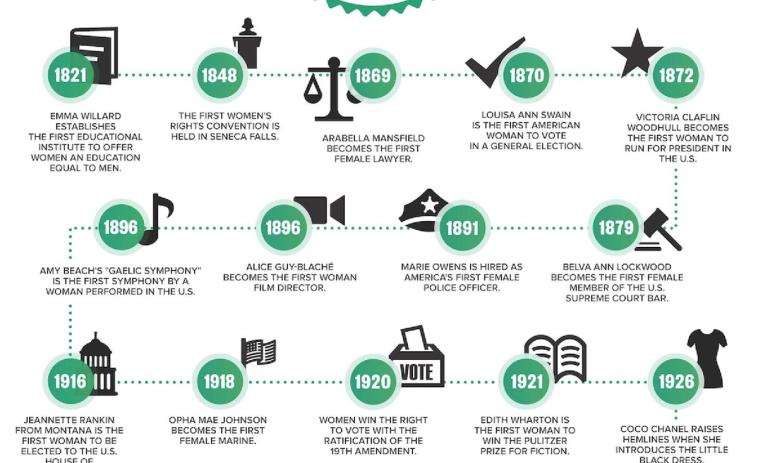
TIMELINE for feminist actions and events
When discussing and describing the ideology of gender, you may like to include some of these facts and events in your SAC & Exam questions.
• 1960 – 1970, During this period in American’s history, there was a movement towards greater equality for women.
• 1963, The Equal Pay Act became law.
• 1963, Betty Friedan published a best seller, ‘The Feminism Mystique’ and this led to the second-wave of feminism in the United States in 1966.
• 1966, Second-wave of feminism in the United States.
• 1979, Margaret Thatcher was elected the first British Prime Minister.
• 1980's, The film, 'Alien' made Sigourney Weaver pave the way in Hollywood for female actresses.
• 1980, Sandra Day O’Connor had become the first female Justice of the Supreme Court.
• 1981, Sally Ride became the first female to go to space.
• 1994, Spice Girls became the biggest music artists since The Beatles.
• 2010, First Australian female Prime Minister
• 2011, Women win the Nobel Prize.
An example of SAC or EXAM questions that might include these dot points:
• Describe the ideological and/or institutional context of one narrative you studied this year. – 5marks
• Explain how ideology can shape media narratives. – 4 marks
• Describe the relationship between audience engagement and the construction and distribution of media narratives. – 4 marks
• Explain why audiences from different time periods consume and read media narratives differently. In your response you must refer to one narrative that you studied this year. – 6 marks
Agent Ripley: Alien 1986
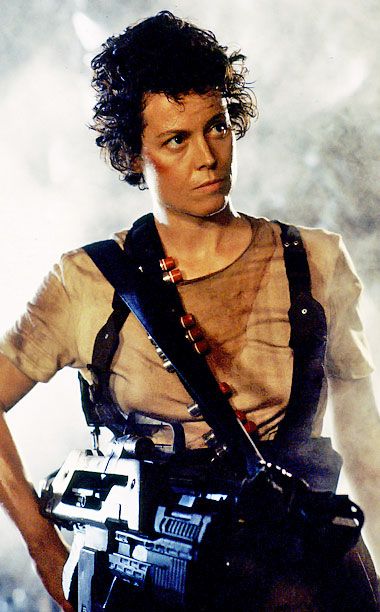
Lara Croft: Tomb Raider 2001

Alita: 2019
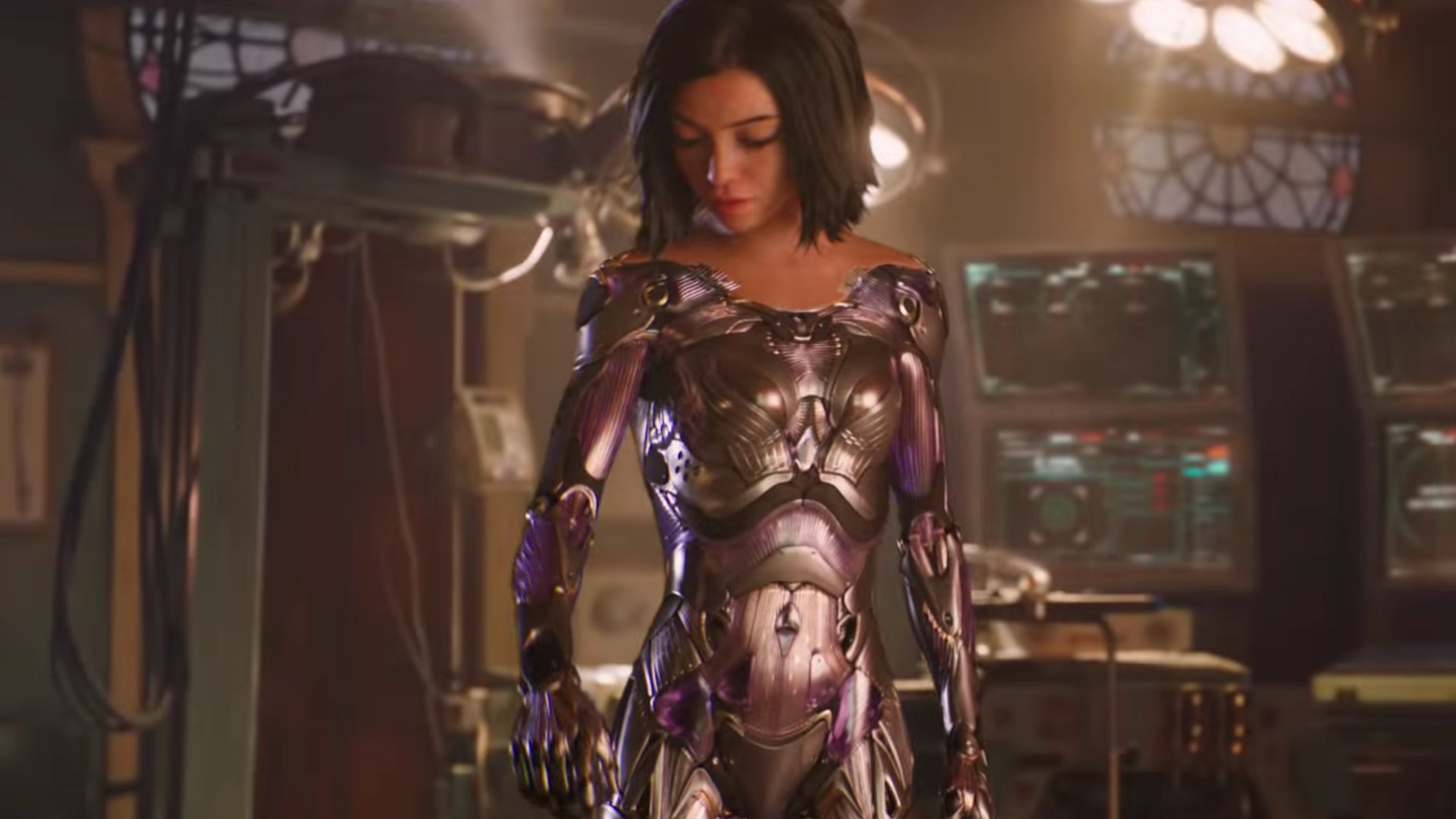
HOW TO STRUCTURE A RESPONSE FOR: Narrative and their contexts: SAC & EXAM questions
Remember Assessors mark UP, so make it easy for them to find marks. And GET TO THE POINT QUICKLY. Don’t have them assume what you are saying. USE MEDIA LANGUAGE
1. Open with a strong, impactful and direct sentence. DO NOT re-write the question in your open sentence.
2. Outline how you plan to attack the question. Here you can list the Ideology, the Text, the Year produced and Country it was distributed and or the Code or Convention you will be discussing. DO NOT do all of these. Make sure you identify what the question is asking and provide an easy interpretation for the assessor to know where you are going with your response.
3. Discuss or outline your text example, making sure you use media language when discussing the code or convention you are referring too.
4. Be sure to identify your audience and have a discussion about, linking your text example to their engagement, experience or expectation. Make reference, to the time period and society your text was produced, consumed and distributed. (Again depending on what the question is asking)
5. Depending on the mark loading will depend on how many text examples and code and convention examples you will need to reveal.
6. Conclude your response. Again provide a tight sentence that is punchy and leaves the response proving you are a sophisticated student. DO NOT waffle or re-write the open sentence.
Women's body types changed through history
AUDIENCE RECEPTION:
The context in which a narrative is viewed can affect the way the audience understand, experience and respond to a film.
Audience expectation: Audience members’ respond to a film in terms of enjoyment or disappointment is often dependent on their expectations of it. If a text is marked as a romantic comedy, it will satisfy the audience if they find the narrative funny and touch their heart, however if the audience do not laugh then they walk out disappointed as their expectations were not met.
An example of this was in the trailer for the animation – Frozen. The trailer consisted of a comedic snowman and a cute reindeer. The trailer implied this narrative was going to be funny for children and parents alike. However, when people went to see the text the young boys walked out feeling disappointed because it was a text predominately made for young girls and the text was a musical. This was not highlighted in the trailer.
Audience shared experiences: Audiences sometimes respond to the text on a personal level because of who they are and the experiences they have had. Often the audience will identify strongly to a character or situation if they have experienced the situation themselves or can relate heavily to the plot unfolding in front of them. Sometimes audiences will see a text based on the notion of wanting the same experience to happen to them. This is classic ‘love story’ involvement.
Audience and viewing formats: Another factor affecting audience response is the medium through which the film is experienced. The physical experience of viewing may affect the way in which an audience member receives a film. For example if you view something on your phone this will differ significantly to experiencing something in the cinema. The sound quality is different and the viewing platform is different. Also if you watch a text in the classroom this may evoke notions of study, homework rather than you enjoying the same text on your friends couch in their living room.
No More Boy & Girls: Can kids go gender free?
Dr Javid Abdelmoneim sets out to find answers in a bold but simple experiment. In a Year 3 classroom, he aims to remove all differences in the way boys and girls are treated.
ABC TV Broadcast 9:30pm Tue 6 Feb 2018.
FINDINGS:
• Age 7. This age children gain fixed ideas of what their gender represents.
• Study conducted on a classroom of seven year old boy and girls.
• Female and Male brain are built physically the same.
• Tings that influence their change – Language applied to them, Environment, Media they read and watch, Family.
• Boys struggled when describing emotions except for anger.
• Girls under estimate their abilities and therefore have lower esteem.
• All the children had fixed ideas on what careers these genders had. For example the mechanics were male and the hair dressers were female.
• When the children were exposed to role models of the careers they were discussing of the opposite gender their mindset shifted dramatically.
• Boys are better at special awareness and this is due to the fact they have more exposure to these activities growing up. If girls had the same access to the special awareness games and activities they would achieve the same. This could be one reason we see more males in the engineering, science and mathematics fields.
Films that have been recreated with gender switch cast
Ghostbusters 2018
Oceans 8
Annihilation 2019
The Kitchen 2019
Well written response: By Student
Explain how ideology can shape media narratives.
- 4 marks -
Media narratives connect societies values and influences through the process of combing a cause and effect relationship between the texts events and characters. Through the audiences engagement and response, media narratives can be understood as to how they were constructed by their creators. When an audience is able to connect with a narrative, they are able to indirectly identify the ideologies of society at that time, as they are being influenced. Films nowadays direct their attention to ideologies that appeal to current generations, they adapt their characters to reflect those featured in other media forms. Unlike old media narratives where current generations would be unlikely to engage in the same format, as they no longer grasp the same way of consuming and connecting as they would have 20 years ago for insistence. The creators of media narratives spend time researching the current ideologies and social beliefs of the society before distribution. This is so they get the ultimate level of audience connection.
Narrative and their context is essentially the study of stories and the societies that shape them.
Thelma & Louise 1991
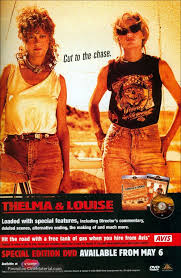
Erin Brockovich 2000
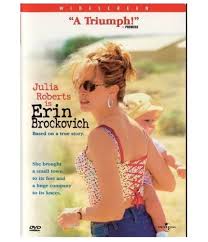
Mona Lisa Smile 2003
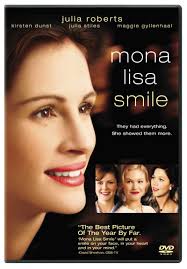
Devil Wears Prada 2006

The Intern 2015
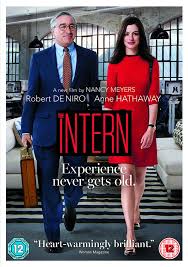
A Family Man 2017

Hidden Figures 2016
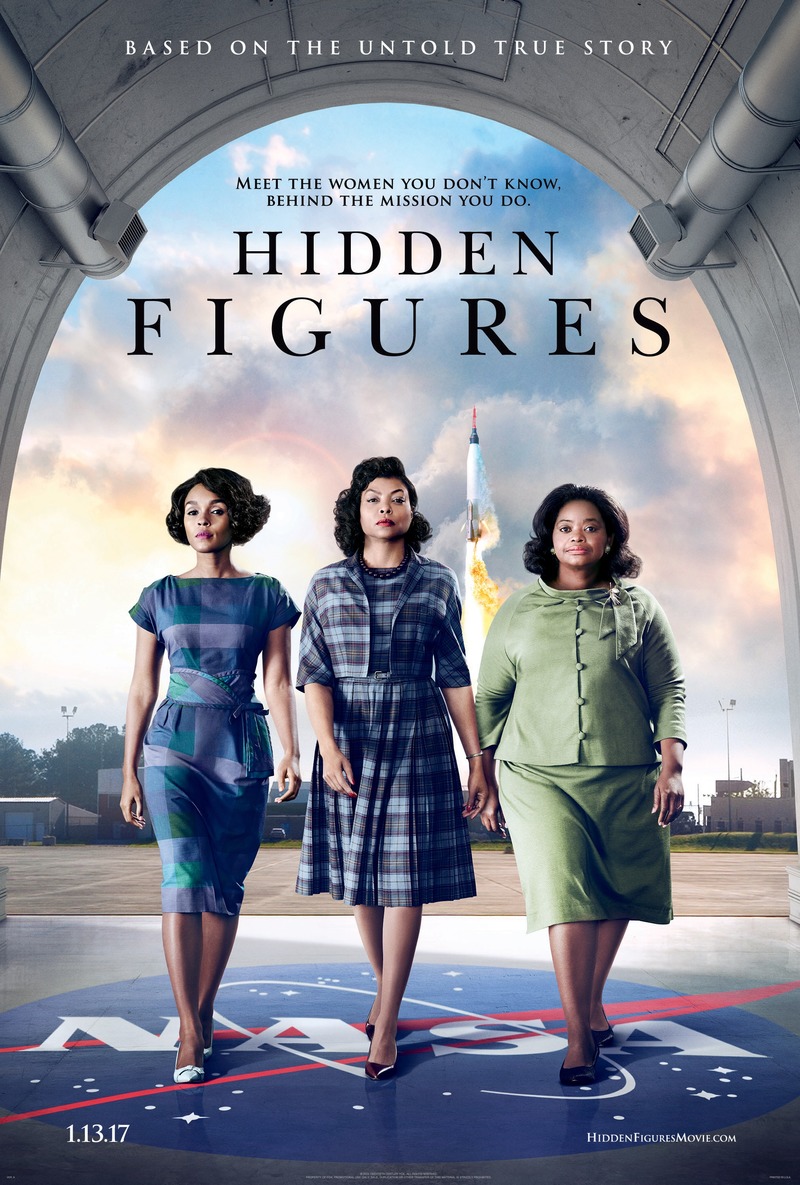
Oceans 8 2018
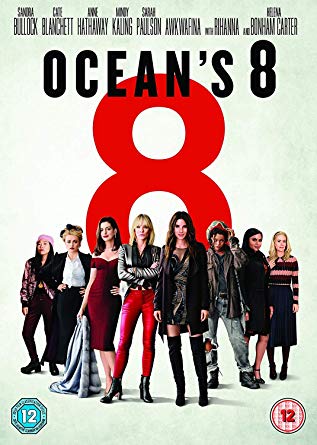
Bombshell 2019

Promising Young Women 2021
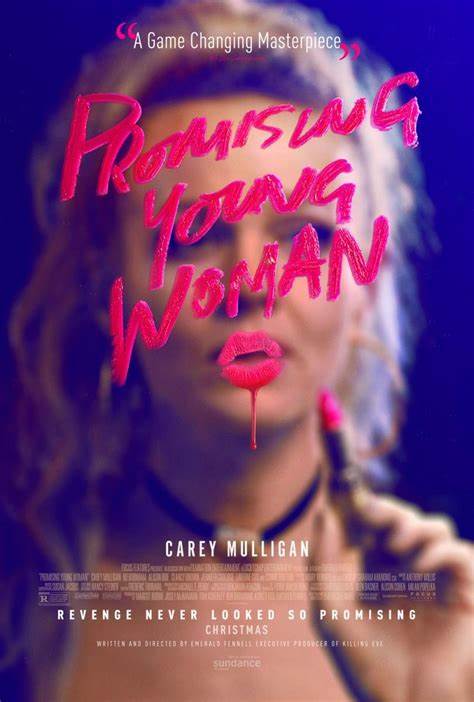
COSTUME & COLOUR as part of MISE-EN-SCENE
Costume and make-up are important aspects of mise-en-scene. They both provide the audience with clues in the narrative and suggest particular representations according to the time period and the society the text was produced and distributed.
Costume and make-up may confirm audiences reading of a narrative or be responsible for audience engagement and expectation. Costume provides audiences with character motivation and allows the audience to connect with a character or likewise, feel detached or irritated by them.
Props can be included in your discussion of costume. We can all relate to characters and representations and how creators of media texts will often support their character’s identity by placing a prop in the scene to support their gender or personality type.
Colour is just as important as costume and can be heavily linked to the psychological communication between the scene and the audience. Colour evokes emotion and creators of media products know this. Colour can transmit ideological information to audiences. We often see the colour pink, and purple representing femineity and passion. By manipulating colour the, a film maker can suggest certain representations and changes in time periods. Ideologies and genres are expressed through colour.
Well written response: By Student
In the opening of one your media texts, discuss the narrative possibilities that the audience would expect to unfold. In your response include a discussion of how a code and/or convention revealed the ideology of gender within the narrative possibility.
- 8 marks -
The opening provides the audience with a basis of things to come. Causes of subsequent events, significant motifs and important features of the initial plot are all laid out during this stage of a film. Narrative possibilities and expectations are set up in the opening of a film and throughout the narrative, allowing the director to reveal information and then expand upon it. Expectations need to be established so as the story unfolds and events occur, allowing the audience to accept and make sense of them.
Character motivation when used as a convention of the moving image is a good indicator of the narrative’s ideology. In modern texts, the protagonist is often motivated by the need to restore order and set the social values right, according to the society and its beliefs at the time the text was produced and distributed. The motivation will often reflect the dominant ideology of the time and society.
In the text, ‘Erin Brockovich’, a 2000 American biographical film, directed by Steven Soderbergh, the protagonist Erin, played by Julia Roberts explores the explicit ideology of gender and femininity, through her pure motivation to set the social values right. Although the dialogue of her character implies her defeated life and the costume reflects her sexual, tacky style in the opening of the narrative, her character motivation always manages remain the focal point of the narrative. This reoccurring theme allows the audience to be immersed in the ideology of femininity from the time period.
Well written response: By Student
Explain how ideology can be neutral, implicit or explicit?
- 4 marks -
Ideologies within society represent the way specific social beliefs and values are represented and received. Ideologies are the basis of all media products and can be represented in different forms through the use of various media code and conventions. A neutral ideology in a media product can be utilised to effectively entertain an audience rather than persuade them. Implicit ideologies however are found in products where the protagonist and antagonist represent conflicting ideologies. Explicit ideologies are intended to persuade the audience to think a certain way. These various forms of ideology are specifically selected by media creators to ensure engagement is retained throughout the media’s production.
Demonstrate your understanding of the ideology Gender: Written by Student
The ideology of gender in media can often be portrayed as stereotypical. The ideology of woman in the past has been represented as a typical housewife or identified for her sexuality. While men tend to be defined by their jobs and or sports, and often are seen as independent or the authority figure. This ideology has changed over the time as too have social values. An example of this is in the film text, 'Life as we know it'. The leading male character refuses to change a child's nappy, which is when the leading female character asks, "Why should i do it? because I'm a girl?" and the male agrees. This time period (2010) still represents woman as the only parent who can take on these duties, while over the years these social values have changed. Today we often see men as being represented as the stay at home father figure.
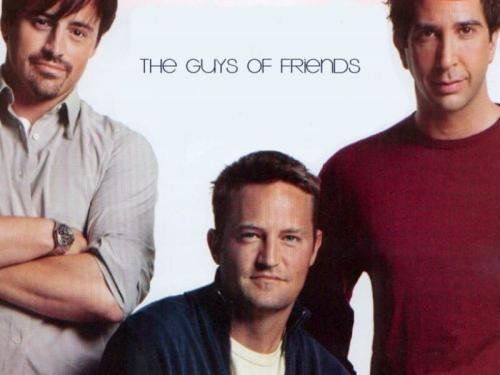
The male characters in Friends
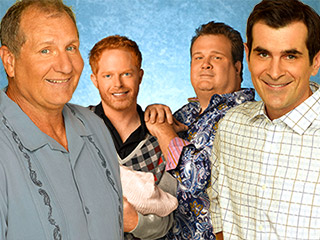
The male characters in Modern Family
MISSREPRESENTATION
Male Characters In Movies Character Traits
Negative Character attributes:
Aggressive/violent: Performs acts of aggression, confrontation, or violence as a common practice.
Sociopathic: Has low regard for human life, property, humanity, and shows little emotion.
Dull-witted/stupid/easily led: Is distinguished by his poor decisions, immaturity, shortsightedness, or dependence on others
Scoundrel: Is primarily dishonest, steals, cheats, and looks out for himself first.
Is isolated: Does not have and/or friends and stays to himself throughout the film
Positive Character Attributes:
Values friendships: Displays loyalty and places importance on friendships and important relationships.
Chivalry: A strong character trait toward the defense of women/children.
Wise: Primary characteristic are thoughtfulness, displays and demonstrates strong ethics.
Has integrity: Believes in doing what is right, even at great personal risk.
Noteworthy intelligence: Is well versed, well read, highly educated, and places importance on intellection.
The Bechdel Test
The Bechdel Test, if you’re not familiar with it, is a benchmark for movies developed by Alison Bechdel in 1985. For a movie to pass The Bechdel Test, it must contain just one thing – a scene in which two or more named female characters have a conversation (that is, back and forth dialogue) about anything at all besides men. Anything, even if it’s something stereotypically feminine, like shopping or shoes. It could be about dog poo. It doesn’t matter.
Sounds simple, right? Then it might be kinda shocking to find out that out of 2,500 movies, only about half pass the test. And to be clear, passing doesn’t mean the movie’s good or bad. Failing the test doesn’t mean the movie’s evil or anti-woman, or that passing makes it some sort of strongly feminist movie. It’s just to get people thinking about gender and how it’s presented in film.
Friends 1994 - Pilot Episode Rachel Green's Character
Friends 2004 - Rachel Green goes back to work
Most Girls - Hailee Steinfeld 2017
Sorry, Ladies: Study on Women in Film and Television Confirms The Worst
The Center for the Study of Women in Television and Film has released its report on 2014, titled “It’s a Man’s (Celluloid) World,” and the news isn’t good.
The study examines on-screen representations of female characters in the top 100 grossing films every year. In addition to revealing some pretty dismal numbers when it comes to women in film and television, such as chronic underrepresentation, the prevalence of gender stereotypes and behind-the-scenes opportunities, the study also reported on the lack of ethnic diversity among the same media.
Dr. Martha Lauzen, Executive Director for the Center of the Study of Women in Television and Film at San Diego State University, wrote the report.
“The chronic under-representation of girls and women reveals a kind of arrested development in the mainstream film industry,” Lauzen said in a statement. “Women are not a niche audience and they are no more ‘risky’ as filmmakers than men. It is unfortunate that these beliefs continue to limit the industry’s relevance in today’s marketplace.”
Here are the findings revealed in today’s release:
Findings in Demographics/Characteristics
-Only 12% of all clearly identifiable protagonists were female in 2014. This represents a decrease of 3 percentage points from 2013 and a decrease of 4 percentage points from 2002. In 2014, 75% of protagonists were male, and 13% were male/female ensembles. For the purposes of this study, protagonists are the characters from whose perspective the story is told.
-Females comprised 29% of major characters. This represents no change from 2013, but is an increase of two percentage points from 2002. For the purposes of this study, major characters tend to appear in more than one scene and are instrumental to the action of the story.
-Females accounted for 30% of all speaking characters (includes major and minor characters) in 2014, even with the figure from 2013, but up 2 percentage points from 2002.
-Female characters remain younger than their male counterparts. The majority of female characters were in their 20s (23%) and 30s (30%).
The majority of male characters were in their 30s (27%) and 40s (28%).
-Males 40 and over accounted for 53% of all male characters. Females 40 and over comprised 30% of all female characters.
-Whereas the percentage of female characters declined dramatically from their 30s to their 40s (30% to 17%), the percentage of male characters increased slightly, from 27% in their 30s to 28% in their 40s.
-The percentage of male characters in their 50s (18%) is twice that of female characters in their 50s (9%).
-74% of all female characters were White, 11% were Black, 4% were Latina, 4% were Asian, 3% were other worldly, and 4% were other. Moviegoers were almost as likely to see an other-worldly female as they were to see a Latina or Asian female character.
-11% of all female characters were Black in 2014, down 3 percentage points from 2013 and down 4 percentage points from 2002.
-4% of all female characters were Latina in 2014, down 1 percentage point from 2013, and even with the figure from 2002.
-4% of all female characters were Asian in 2014, up 1 percentage point from 2013 and 2002.
-Male characters were more likely than female characters to have an unknown marital status. 59% of male characters but 46% of female characters had an unknown marital status.
-A higher proportion of male than female characters had an identifiable occupational status. 85% of male characters but only 75% of female characters had an identifiable job/occupation. A substantially larger portion of male than female characters were seen in their work setting actually working.
-Male characters were more likely than females to be identified only by a work-related role, such as doctor or business executive (61% of males vs. 34% of females). In contrast, female characters were more likely than males to be identified only by a personal life-related role such as wife or mother (58% of females vs. 31% of males). Male and female characters were equally likely to be identified in dual work-related and personal life-related roles (8% of females and males).
Friends 2003 - The one with the male nanny
Friends 2003 - The one with the male nanny
The Mask You Live In
A Sundance Documentary. THE MASK YOU LIVE IN follows boys and young men as they struggle to negotiate the narrow definition of masculinity. The film illustrates how gender stereotypes are reinforced by media, peers, and adults, and interconnect with race, class, and circumstance, creating a maze boys and young men must navigate to become "real" men.